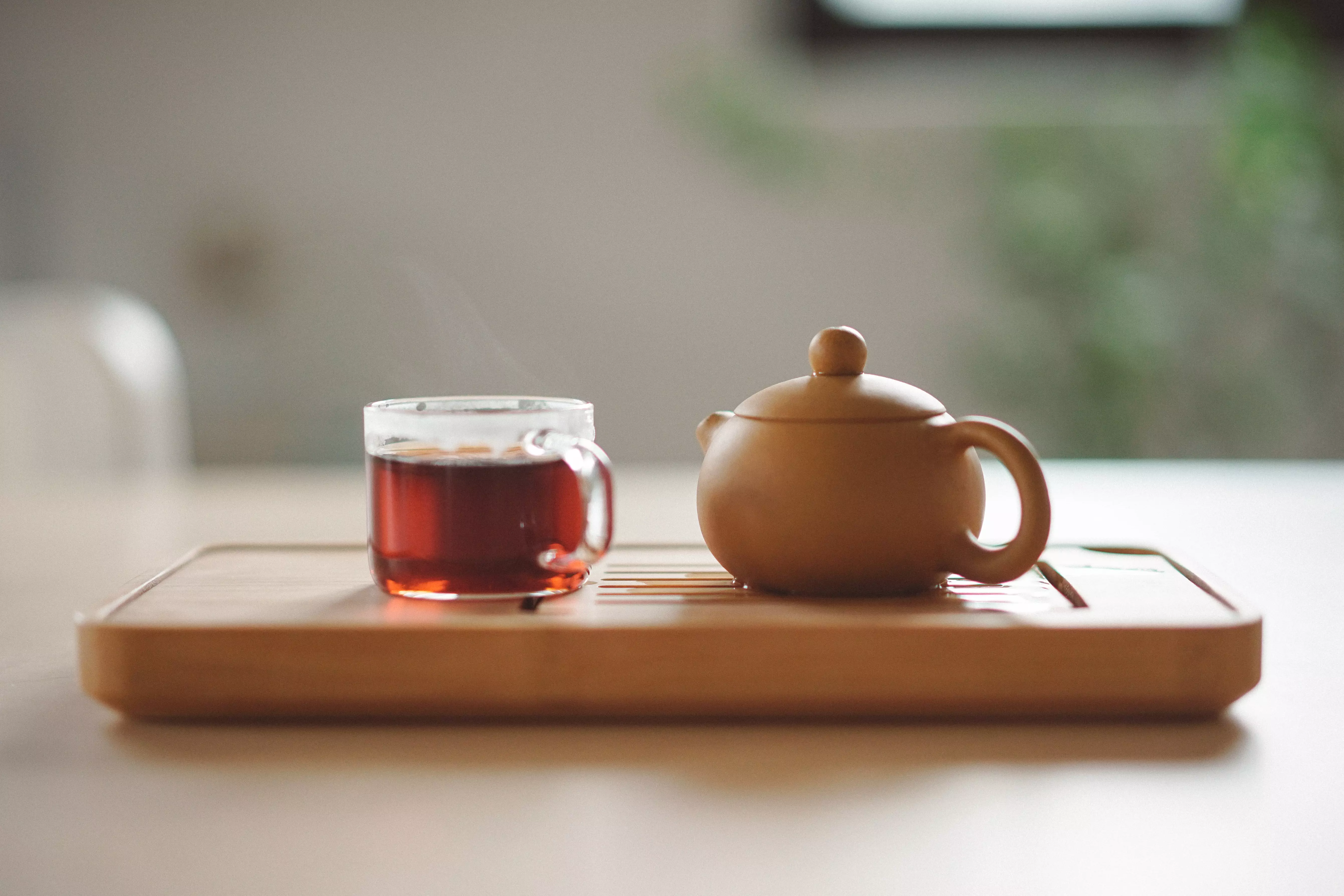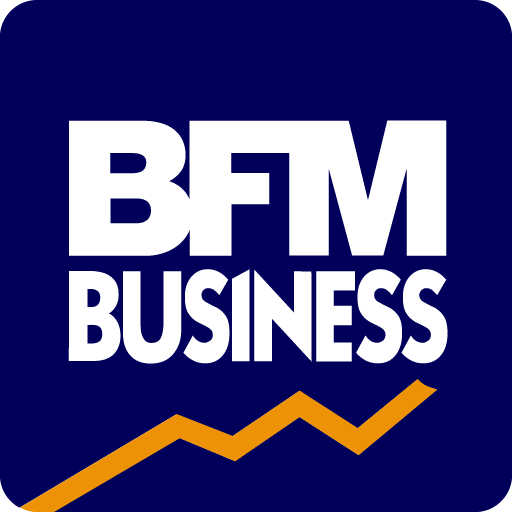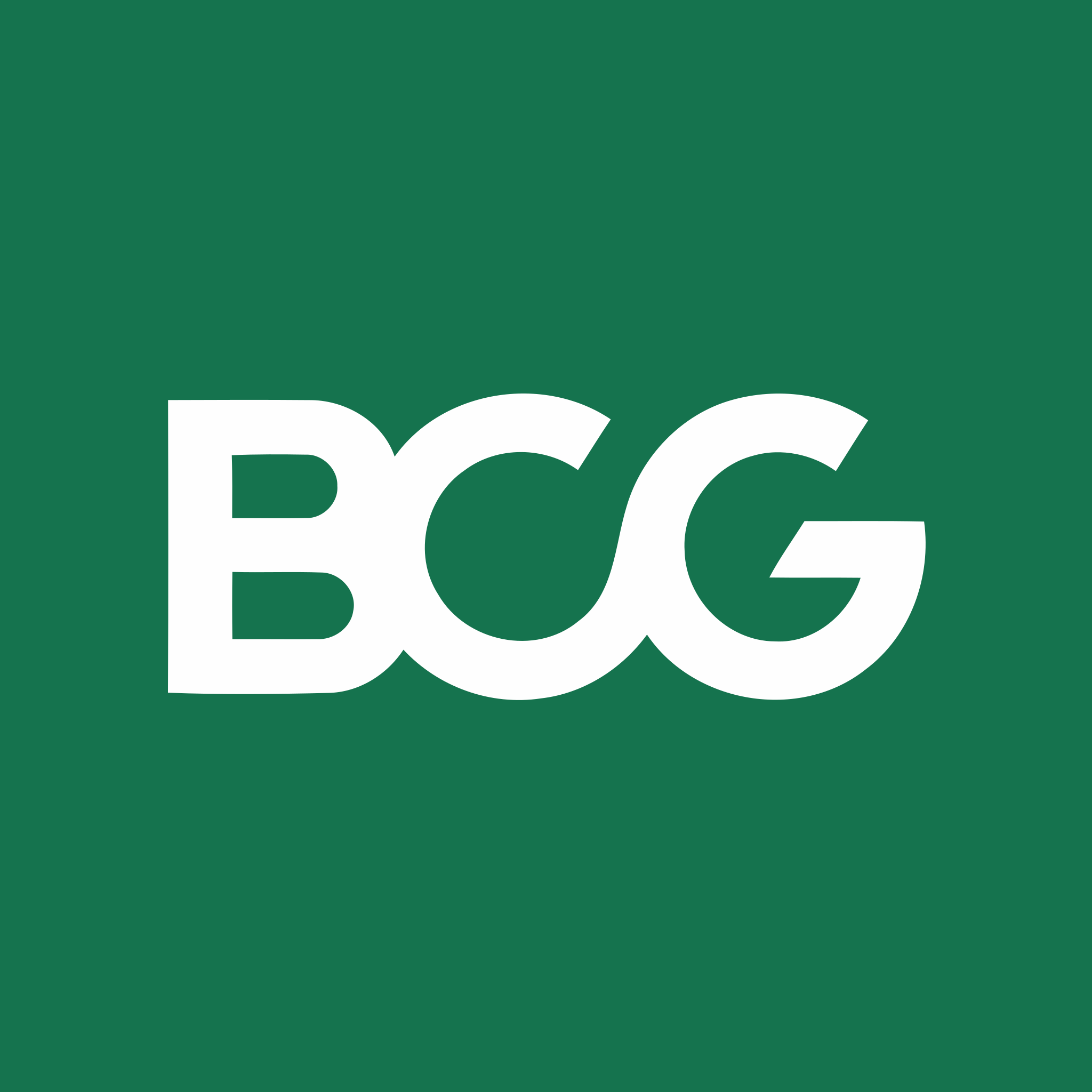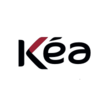Detailed content of our market study
 Inforamtion
Inforamtion
- Number of pages : 35 pages
- Format : Digital and PDF versions
- Last update :
 Summary and extracts
Summary and extracts
1 Market overview
1.1 Definition and scope of study
Tea, with 1.5 billion cups consumed every day, is the second most popular drink in the world after water. Established in China, introduced in Japan at the end of the 8th century and part of British culture, tea also has a special place in Middle Eastern cultures. This global character of tea is reflected by the long list of countries where it is drunk.
Tea is a beverage obtained from the leaves of the tea plant (about 200 different species), infused in hot water. The types of teas are segmented by their colors (black, green, Oolong, yellow, white and post-fermented) which differ according to the treatment of the harvested leaves. Rooibos or "red tea" is actually an infusion obtained from the leaves of Aspalathus Linearis, which is only found in South Africa, and not from the tea plant.
Behind water, tea is the most consumed beverage in the world, with over 3 million cups consumed every minute. In general, the consumption of healthy beverages and food has been growing 24% per year in Brazil. In this context, tea has become a tasty option and is increasingly present on the table of Brazilians and in specialty shops of the product. The largest tea companies in Brazil are Coca-Cola (owner of Matte Leão), Maratá, Herbalife and the Oetker Group.
Despite its growing popularity, tea has not yet been fully established in the Brazilian market and its consumption is still generally low. This is largely due to the fact that Brazilians prefer coffee much more to tea. However, new variations of tea are becoming increasingly popular in Brazil, such as bubble tea and ready-to-drink tea.
Despite the success of mass products, the specific high end niche has shown a strong opportunity for growth. One case of success is the Spanish brand "the Tea Shop", which grew in Brazil by 47% in 2018, supported by the trend of typically more exclusive gourmet foods and healthy beverages. The growth of this sub-segment is expected to continue on as more Brazilians become aware of the benefits of the beverage.
1.2 A fast-growing global market dominated by China
The world tea market amounted to **.*** billion in **** and the forecasts predict continued growth in the coming years, with an average annual growth rate of *.**% forecast over the period ****-****. As a result, the world tea market is expected to reach over $** billion in ****.
Global tea market World ****-****, in billions of US dollars CAGR : +*,**% Source: ****
The Chinese-dominated international tea trade
The world market is driven by Chinese production, by far the largest of all producing countries. In ****, China's tea exports amounted to $*.** billion, ahead of Kenya with $*.** billion and India with $*** million. China's tea exports have been growing steadily since ****, rising from $*.** billion to $*.** billion in just * years (***).
Top exporters of tea in the world World, ****-****, in billions of US Dollars Source: ****
The graph below shows the evolution of the amounts of Chinese tea exports over the last * years.
China tea exports China, ****-****, in billions of US Dollars Source: ****
Conversely, the main tea importers are Pakistan (***).
Top tea importers in the world World, ****-****, In millions of US Dollars Source: ****
1.3 A promising Brazilian market
Brazil is far from being the biggest tea consumer in the world. This is primarily due to the fact that coffee is the number one preference for Brazilians - the country accounts for **% of total global coffee sales [***]. Because of this, tea has not had the opportunity yet to fully establish itself in the Brazilian market. However, this is changing.
In recent years, the popularity of tea has been growing, labelling the country as a promising market for this sector. Between **** and ****, the consumption of tea in Brazil increased by **% (***) in **** [***].
Size of the Brazilian tea market Brazil, ****-****, in billions of Brazilian Real Source: ****
The growth of the Brazilian tea market is driven by numerous different factors. For example, the demand for healthy products in Brazil is growing, mainly due to younger consumers. Similarly, one of the fastest growing beverages in terms of sales is ready-to-drink tea (***).
Moreover, the sector also employs approximately *** thousand people, spread across small farmers and industrial employees [***].
1.4 Imports and exports
Within a global context, Brazil is a small player in the tea market. With under $* million worth of exports and just about $* million worth of imports, Brazil represents a very small part of the global tea trade. In fact, to put it into perspective, Brazil's tea exports are equivalent to less than *.*% of the leading country's exports, China [***].
Over the last couple of years, both the imports and the exports of Brazil have decreased. While the exports fell by **%, imports fell by 'just' **%. Meanwhile, its coverage ratio is getting progressively lower, highlighting the growing gap between the country's imports and exports.
Brazil's trade balance for tea Brazil, ****-****, in millions of US Dollars and % Source: ****
In terms of exports, Brazil is very much dependent on one particular partner, the USA. In fact, of the $*.* million worth of tea exported to the world in ****, over **% of it went to the North American country. The other significant export destination of Brazil's tea is Japan, representing just over **% of the total exports.
Top export destinations for Brazil's tea Brazil, ****, in percentage Source: ****
On the other hand, Brazil's imports are more diversified, with no particular country representing more than **% of the country's total imports. The ...
2 Demand Analysis
2.1 Increasing popularity of tea
Despite the generally low demand for the product in Brazil, between **** and ****, the consumption of tea increased by **% [***].
Volume of tea sales Brazil, ****-****, in tons Source: ****
As an example, the consumption of black tea in Brazil (***) has also been increasing. Since ****, the consumption of black tea grew by approximately *.*% per year, reaching approximately *,*** tons of tea consumed in Brazil in ****. This was a promising growth, given how Brazil's annual growth was slightly higher than the average growth for the whole world of *.*%. The forecast, however, is that from **** to ****, the annual growth will only be of *%, in contrast with the estimated *.*% average growth for the whole world [***].
Growth in the consumption of tea Brazil, ****-****, in tons Source: ****
2.2 A generally weak popularity in Brazil
As previously mentioned in this study, Brazil is far from being a country that is known for its love of tea. In fact, the estimated *,*** tons of black tea consumed in the country in **** only accounted for *.*% of the total global consumption of black tea in that year [***].
Per capita, Brazil is also far from being the top consumer of tea. The *.*** pounds of tea that is drank per person each year in Brazil is far from the per capita consumption of tea of Turkey (***) at *.*** pounds per person.
Within a South American context, Brazil also falls behind in terms of consumption of tea. Only Colombia is at the same level of consumption per capita as Brazil, while the other countries, such as Chile and Argentina, are far ahead [***].
Consumption of tea per capita South America, ****, in pounds (***) Source: ****
Moreover, Brazilians drink on average just ** cups of tea per year, far below the global average. However, research suggests that this number will get bigger, given how there is a growing demand for healthy food and drinks [***].
2.3 Popular in the North, less in the South
Tea is much more popular in the North of Brazil than in the South. Based on the search trends for the word "Chá" (***) on Google in ****, it can be seen that the popularity of this term is much greater in the North-Eastern regions of the country, as oppose to the Southern states [***].
On the map below the popularity of the term per state can be visualised. The values are calculated on a scale from * to ***, where *** is the location with the most popularity as a fraction of total searches in that location [***].
Popularity of the word "Chá" on Google
Brazil, ****, *-***
Please note that the values on the graph above (***) are in relation to the total queries in each individual state. For example, a big state like São Paulo will have many more searches in general than a smaller state like Roraima, therefore even if the number of searches for "chá" is higher in São Paulo than in Roraima, the popularity of the term on Google might be lower in São Paulo because it is as a proportion of the total searches in the state.
Regardless of the fact that tea is proportionally more popular in the North ...
2.4 Demand driven by seasonality
Tea is very much a drink that is more popular during the Winter as oppose to the Summer. Such is the case in Brazil, as the popularity of the drink is very strong during its Summer months (***).
Below is a graph showing the interest of the word "Chá" (***) on Google between **** and ****. The numbers represent search interest relative to the highest point on the chart in the given period of time for Brazil. A value of *** is the peak popularity for the word [***].
Interest over time of the word "Chá" (***) Brazil, ****-**** Source: ****
2.5 The growth of RTD tea
Ready-to-drink tea is one of the fastest growing non-alcoholic beverages in Brazil. Although the sales of RTD tea represented less than *% of the total sales of non-alcoholc beverages in Brazil in ****, its popularity has been growing since **** - *** million litres of RTD tea were sold in ****, as oppose to *** million in **** (***) [***].
Sale of non-alcoholic beverages Brazil, ****, in % Source: ****
The forecast is that sales of RTD tea will decrease in the near future (***), however, sales should pick up from ****, reaching *** million litres of RTD tea sold in **** [***].
Sales of RTD tea Brazil, ****-****, in millions of litres Source: ****
From all the non-alcoholic beverages that make up the Brazilian market, only energy drinks are expected to have a higher growth in sales than RTD tea between **** and ****. Other drinks such as RTD coffee and sports drinks will experience no growth, while the sales of concentrates is supposed to decrease between **** and **** [***].
Growth in sales of non-alcoholic beverages Brazil, ****-****, in % Source: ****
3 Market structure
3.1 A market dominated by an international player
In Brazil, it is Coca-Cola that leads the tea market with its tea brand "Leão". The American giant holds nearly **% of the market, followed by Maratá (***). Another international player that also operates in this Brazilian market is Unilever with its "Lipton" brand. The British giant does not disclose its sales in Brazil, therefore it is not possible to estimate its market share, however, it can be assumed that Lipton's market share in Brazil is much inferior to the other * players mentioned [***].
Market share of tea brands Brazil, ****, in % Source: ****
In the RTD tea sector, the Leão tea is also by far the most popular. Following Leão is the Lipton ice tea, Feel Good and Campo Largo [***].
Most popular RTD tea brands in Brazil Brazil, ****, in percentage of respondents Source: ****
3.2 A production primarily based in Brazil
Given the vast amount of rich primary resources that can be found in the country, it is expected that most of the production of tea happens in Brazil. Such is the case with the leading tea brand in Brazil, Leão.
Leão has * production factories in Brazil - * in Paraná and one in Espirito Santo. The reason why the tea production happens in the South of the country is because of the perishable nature of one of the main resources for the production of Leão's tea - the Mate leaf [***].
In terms of the ingredients used in the production of tea (***), these mainly come from the North-East of the country. In the table below you can see the origin of all the ingredients used for the Leão tea.
In regards to the production of primary tea resources, Brazil is clearly very strong in the production of the Yerba mate and not so much in the production of the "Chá-da-India" (***). However, the production of both of these resources has decreased since ****, with the Yerba mate going from just over *** thousand tons produced in **** to *** thousand in ****, and the Camellia sinensis going from over * thousand tons in **** to about ...
3.3 Different types of players
Different types of players are present on the tea market in Brazil. We can distinguish between the following in particular:
The big players (***) - These offer traditional tea bags, RTD tea and tea capsules Tea houses - These tend to offer higher quality tea (***) Bubble tea kiosks - A new trend in Brazil and more popular for younger generations
In terms of the distribution of traditional tea (***) stores. In these distribution channels, it is the big tea brands that prevail.
In tea houses, the tea provided tends to be of a higher quality (***) than those offered in mass distribution channels. Hence why prices tend to also be higher here.
4 Analysis of the offer
4.1 A varied offer
In terms of traditional tea, there is a wide variety available, ranging in flavours and benefits. Below are some of the most popular types of tea in Brazil [***]:
Beyond traditional hot tea, there are other variations of the product. For instance, there is ready-to-drink tea, there is bubble tea and there are tea capsules.
4.2 An offer that differs between regions
In Brazil, the type of tea that is most popular to be consumed varies between regions. Below you can see which tea is the most popular in each region of the country [***]:
South (***) - Mate tea South-East (***) - Chamomile tea North-East (***) - Tamarind tea North (***) - Catuaba tea Centre-West (***) - Guaco tea
4.3 Price analysis
Tea in Brazil can be split into * sectors:
Traditional tea from the big national brands RTD tea Tea capsules Tea from tea houses Bubble tea
Starting with the big national brands, the Leão brand is by far the cheapest (***) and the specialist Herbalife tea is the most expensive. Below is the price comparison for their retail value in supermarkets [***]:
For the RTD tea brands, the price is more competitive, with the three main brands all offering very similar prices [***].
In terms of tea capsules, there are not many players, but once again, Leão is the big player in this sector [***].
The prices of tea from tea houses vary a little bit more, depending on location, quality of product and type of establishment (***). On the other hand, the average price of bubble tea tends to be around R$**, but it can go as low as under R$** and as high as R$** [***].
4.4 New trends in the market
Beyond the traditional hot tea, there are two variations of this product that have been gaining popularity: ready-to-drink tea (***) and bubble tea.
RTD tea
As mentioned in the section *.* of this study, RTD tea is one of the growing trends within the last decade. Although RTD tea has already somewhat established itself in the global market, its popularity is still increasing. The growing popularity of RTD tea is partly due to the hot climate of Brazil (***) and partly because of the young population of the country. Moreover, RTD tea is also seen as a healthy drink, which is also becoming an important factor for Brazilians when considering what food/beverages to buy [***].
RTD tea also offers scope for innovation:
Sparkling ice tea Tea with lemonade RTD tea capsules
Additionally, RTD tea offers some benefits for consumers. For instance, it is a source of energy, it is refreshing, has a wide range of flavours and has similar health benefits as traditional tea [***].
Finally, there are some elements that RTD tea must contain and there are others that are optional:
Water - required Tea extract - required Sugar or sweeteners - required Smells - optional Lemon/peach juice - optional Acidulants - optional Antioxidants ...
5 Regulation
5.1 Regulations
Most of the regulations regarding the tea sector in Brazil is specified in the Vigilancia Sanitaria technical report. in this report, the following is stated:
It is important to note that not all plants and plant parts can be used for the production of tea. The plant species and parts of the plant allowed for tea preparation are established in Resolution DRC Anvisa No. *** of ** September **** approving the "Technical Regulation of Plant Species for the Preparation of Teas". The plants and parts of the plant that are not traditionally used for the production of tea can also be used if they are proven to be safe.
While the RDC Anvisa nº ** regulation states that certain food and packaging categories must be registered with the Anvisa/ Ministry of Health, tea is exempt from this requirement. However, new tea variations (***) must be registered.
Products consisting exclusively of leaves of the plant, ground and encapsulated in gelatinous casings, whose recommended use suggests that they be ingested after aqueous infusion or their content released from the capsule to then prepare the infusion of the plant, are not approved as teas by Anvisa.
Additionally, it is forbidden to make any medicinal or therapeutic claims on the ...
6 Positioning of the players
6.1 Segmentation
- Coca-Cola Brazil
- Marata
- Associated British Foods
- Lipton (Unilever)
- Dr Oetker
All our studies are available online in PDF format
Take a look at an example of our research on another market!
 Choosing this study means :
Choosing this study means :
Access to more than 35 hours of work
Our studies are the result of over 35 hours of research and analysis. Using our studies allows you to devote more time and added value to your projects.
Benefit from 6 years' experience and over 1,500 industry reports already produced
Our expertise enables us to produce comprehensive studies in all sectors, including niche and emerging markets.
Our know-how and methodology enable us to produce reports that offer unique value for money.
Access to several thousand articles and paid-for data
Businesscoot has access to all the paid economic press as well as exclusive databases to carry out its market research (over 30,000 articles and private sources).
To enhance our research, our analysts also use web indicators (semrush, trends, etc.) to identify market trends and company strategies. (Consult our paying sources)
Guaranteed support after your purchase
A team dedicated to after-sales service, to guarantee you a high level of satisfaction. +44 238 097 0676
A digital format designed for our users
Not only do you have access to a PDF, but also to a digital version designed for our customers. This version gives you access to sources, data in Excel format and graphics. The content of the study can therefore be easily retrieved and adapted for your specific needs.
 Our offers :
Our offers :
the tea market | Brazil
- What are the figures on the size and growth of the market?
- What is driving the growth of the market and its evolution?
- What is the positioning of companies in the value chain?
- Data from several dozen databases
5 reports pack (-15%) BR Brazil
- 5 reports at €75.6 excluding VAT per study to choose from our Brazilian catalogue for 12 months
- Save 15% on additional studies purchased
- Choose to be refunded any unused credit at the end of the 12-month period (duration of the pack)
See the terms and conditions of the pack and the refund of unused credit.















